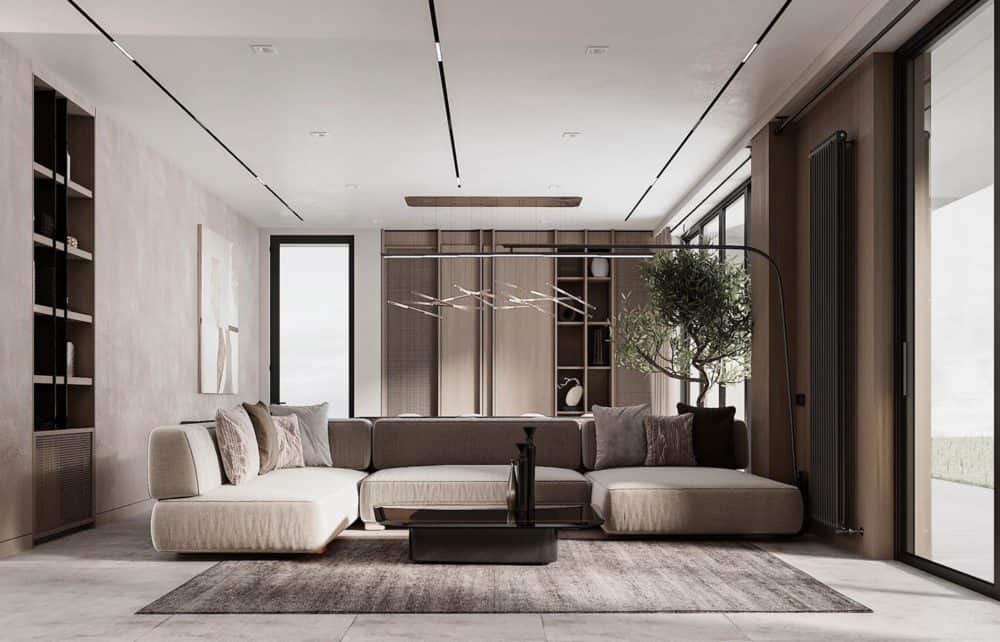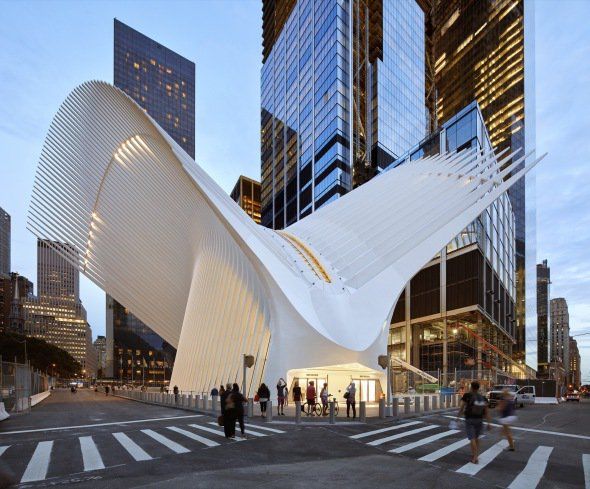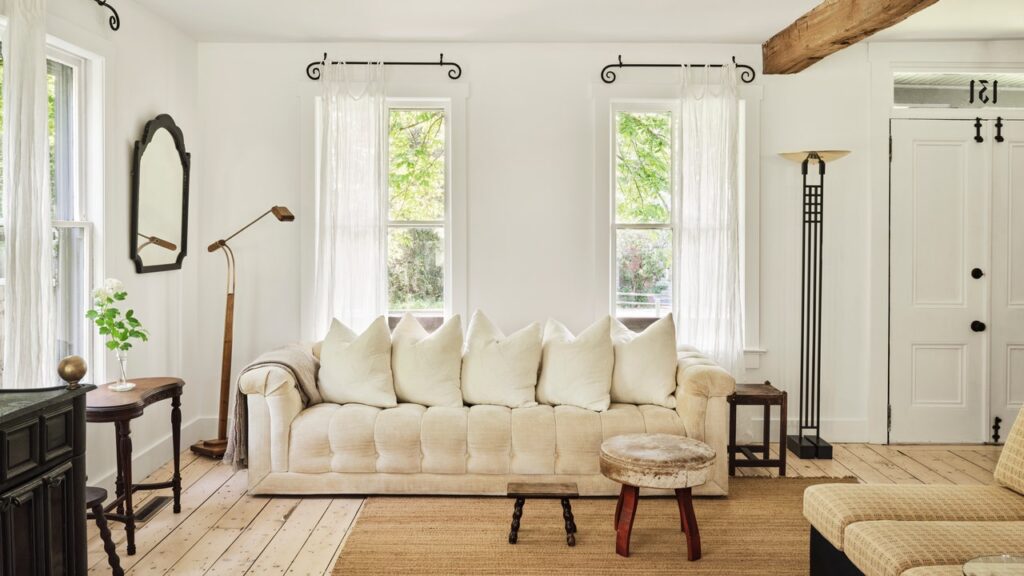The Importance of Interior Design in Modern Homes
Interior design plays a crucial role in creating functional and aesthetically pleasing spaces in modern homes. It goes beyond mere decoration and focuses on optimizing the use of available space while enhancing the overall ambiance. With the rapid advancements in technology and changing lifestyles, interior design has evolved to meet the needs of the modern homeowner.
Creating Functional Spaces
One of the primary goals of interior design in modern homes is to create functional spaces that cater to the specific needs of the occupants. This involves careful planning and consideration of the layout, furniture placement, and storage solutions. For example, open floor plans are popular in modern homes as they promote a sense of spaciousness and allow for flexible use of the available space.
Additionally, incorporating smart home technology into the design can greatly enhance the functionality of a modern home. From automated lighting and temperature control to voice-activated assistants, these technological advancements make daily tasks more convenient and efficient.
Embracing Minimalism
Minimalism has become a popular design trend in modern homes. It focuses on simplicity, clean lines, and a clutter-free environment. By eliminating unnecessary elements and embracing a minimalist approach, interior designers can create spaces that feel open, airy, and calming.
Minimalist design also promotes sustainability by encouraging the use of eco-friendly materials and energy-efficient appliances. This not only reduces the environmental impact but also helps homeowners save on energy costs in the long run.
Integrating Nature and Biophilic Design
Bringing nature indoors has become a key aspect of modern interior design. Biophilic design aims to connect people with nature by incorporating natural elements, such as plants, natural light, and organic materials, into the living space.
Studies have shown that exposure to nature has numerous benefits for mental and physical well-being. By integrating nature into the design, modern homes can provide a sense of tranquility and improve the overall quality of life for the occupants.
Case Study: The Green House
The Green House is a prime example of how interior design can elevate modern homes. Designed by renowned architect John Smith, this eco-friendly home seamlessly integrates sustainable features with contemporary design elements.
The use of large windows allows ample natural light to flood the living spaces, reducing the need for artificial lighting during the day. The interior is adorned with plants and greenery, creating a soothing and refreshing atmosphere. The furniture and decor are made from recycled materials, further emphasizing the commitment to sustainability.
Not only does The Green House provide a comfortable and visually appealing living environment, but it also serves as a model for environmentally conscious design practices.
The Role of Technology in Modern Interior Design
Technology has revolutionized the field of interior design, offering new possibilities and opportunities for creativity. Virtual reality (VR) and augmented reality (AR) have become valuable tools for designers to visualize and present their ideas to clients.
With VR, homeowners can take virtual tours of their future homes before construction even begins. This allows them to make informed decisions about the layout, color schemes, and furniture placement. AR, on the other hand, enables designers to overlay virtual elements onto real-world spaces, giving clients a realistic preview of the final design.
The Future of Interior Design
The future of interior design for modern homes is exciting and full of possibilities. As technology continues to advance, we can expect to see even more innovative solutions and sustainable practices being incorporated into home design.
For example, the integration of artificial intelligence (AI) into smart homes will enable personalized and adaptive environments. AI-powered systems can learn the preferences and habits of the occupants, adjusting lighting, temperature, and other factors to create the perfect ambiance.
Furthermore, the use of 3D printing in interior design allows for the creation of unique and customizable furniture pieces. This technology opens up endless design possibilities, giving homeowners the opportunity to express their individuality and create truly one-of-a-kind spaces.
Summary
Interior design plays a vital role in modern homes, creating functional and aesthetically pleasing spaces. By embracing minimalism, integrating nature, and utilizing technology, designers can elevate the living experience for homeowners. The future of interior design holds even more exciting possibilities, with AI and 3D printing set to revolutionize the industry. As we continue to evolve, interior design will continue to shape the way we live in our homes, creating spaces that are not only beautiful but also sustainable and adaptable to our changing needs.








